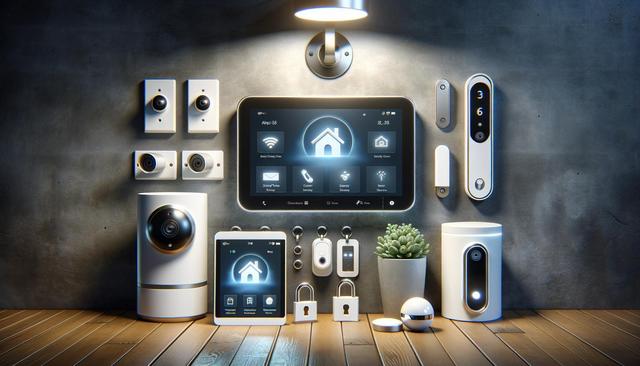
A Practical Guide to Home Security Systems
Understanding the Basics of Home Security Systems
Home security systems are designed to safeguard residential properties from unauthorized access, theft, and other potential threats. These systems typically include a combination of hardware components such as sensors, cameras, control panels, and alarms. They work by monitoring activity in and around your home and alerting you or emergency services when suspicious movements are detected. Whether you live in a high-traffic urban area or a quieter suburb, having a structured security setup can bring greater peace of mind.
There are generally two main types of home security systems: professionally monitored and self-monitored. Professionally monitored systems involve a third-party service that keeps an eye on your home around the clock, while self-monitored systems send alerts directly to your phone or email. Both have their benefits based on user preferences, budget, and lifestyle. Key components often include:
- Motion detectors
- Door and window sensors
- Indoor and outdoor cameras
- Glass break sensors
- Smart locks and alarms
Choosing the right mix of these components is crucial for building a system that fits your specific needs.
Benefits of Installing a Home Security System
Investing in a home security system offers multiple advantages beyond just deterring intruders. One of the most immediate benefits is the increased sense of safety it provides. Knowing that your home is being monitored can offer reassurance whether you’re at home or away. Additionally, many security systems allow remote access, enabling homeowners to check camera feeds or receive alerts in real-time via mobile apps.
Homeowners may also experience financial incentives. Some insurance companies offer reduced premiums for homes equipped with security systems, recognizing their role in minimizing risk. Other notable benefits include:
- Protection from fire and gas leaks with integrated smoke and carbon monoxide detectors
- Support for emergency medical alert systems for elderly family members
- Increased property value and appeal for potential buyers
Overall, the advantages of implementing a home security system extend far beyond burglary prevention.
Features to Look for in a Modern Security System
Today’s home security systems come equipped with a wide range of features that enhance usability and responsiveness. When considering options, it’s important to focus on systems that offer flexibility, scalability, and integration with other smart home devices. Some of the most sought-after features include:
- High-definition video surveillance with night vision
- Mobile app control and real-time alerts
- Two-way audio communication through cameras or video doorbells
- Compatibility with voice assistants and other smart home platforms
- Battery backup and cellular connectivity for uninterrupted service
Additionally, some systems allow for customized settings based on daily routines, such as automatically arming the system when you leave the house. This level of automation helps ensure your home is protected without requiring constant manual input.
Installation and Maintenance Considerations
When it comes to installing a home security system, homeowners can choose between DIY setups or professional installations. DIY systems are often wireless and come with easy-to-follow instructions, making them suitable for renters or those looking for flexible options. Professional installations, on the other hand, provide expert configuration and support, ensuring all components are optimized for performance and coverage.
Regardless of the installation method, regular maintenance is key to ensuring your system functions properly. This includes:
- Testing alarms and sensors monthly
- Updating software and firmware to protect against vulnerabilities
- Replacing batteries in wireless devices as needed
- Cleaning camera lenses and verifying clear sightlines
Keeping your system in good working order ensures it will perform effectively when needed most.
Choosing the Right System for Your Home
Selecting the right home security system depends on several factors, including the size of your home, your budget, and specific security concerns. Start by identifying the most vulnerable areas of your property, such as ground-level windows, back doors, or detached garages. From there, you can determine which combination of sensors and cameras will provide the most effective coverage.
It’s also helpful to read user reviews and consult with security professionals if you’re unsure about what features are necessary. Consider how user-friendly the system is, especially if multiple household members will be using it. Some systems also offer customer support and online resources to help with setup and troubleshooting.
Ultimately, the right system is one that meets your unique needs while offering reliability and ease of use. Taking the time to research and compare options will help ensure a solution that provides long-term value and protection.
Conclusion: A Smart Investment in Safety
Home security systems have evolved to offer comprehensive protection, convenience, and peace of mind. Whether you’re looking to enhance safety for your family, deter potential intruders, or monitor your property remotely, a well-designed security system can be a worthwhile addition to your home. By understanding the different components, features, and maintenance requirements, you can make informed decisions that align with your lifestyle and priorities. Investing in home security is more than a precaution—it’s a proactive step toward a safer, more secure living environment.


